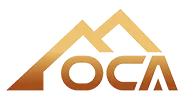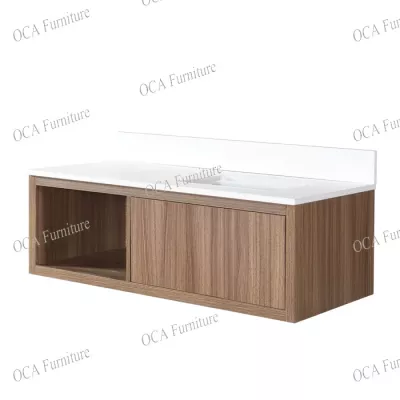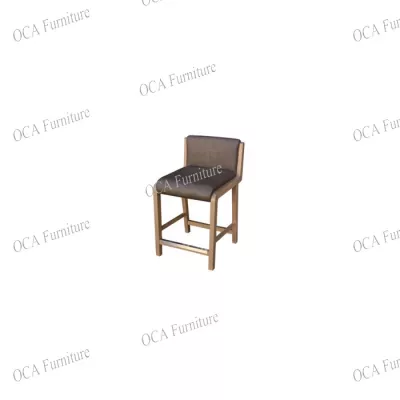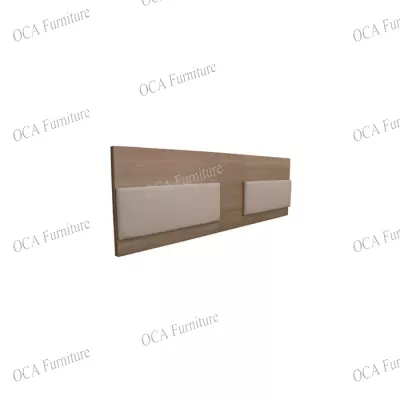With the COVID-19 epidemic, there are approximately 24 million confirmed cases worldwide, especially in the hotel market in urban areas, which are still waiting; at the same time, the secondary and tertiary resort markets have achieved initial success, which shows The tourism industry is gradually recovering.
HotStats, an American hotel data monitoring agency, recently released the latest global hotel data for July. Its director David Eisen said: "Recovering profitability will require careful combination of income and expenditure control. Under the current environment, revenue and expenditure are declining simultaneously, but in the rest of the recovery process, it is hoped that revenue will increase while hotel operators Continue to control costs to ensure faster and longer-lasting profitability."
Asia-Pacific
In a negative ocean of the world, the Asia-Pacific region leads other regions. The region recorded steady growth in GOPPAR for the second consecutive month. GOPPAR climbed to US$11.82, a 225% increase from June when GOPPAR was US$3.63. This indicator is also It turned positive for the first time since February.
Although GOPPAR still dropped by 76.8% compared to the same period last year, in the context of the pandemic, the insignificant profits are still worth celebrating.
The data shows that the total revenue per available room (TRevPAR) has reached the highest level since February. This is due to the increase in room occupancy rate and average room price, plus a slight increase in auxiliary income (including food and beverage income), which is different from that in April. Compared with the beverage RevPAR, it increased by 209%.
Direct costs continued to maintain a year-on-year decline, with total labor costs down 44.6% year-on-year, while total indirect costs fell 41.4% year-on-year. After entering the negative area from March to May, the profit margin for that month was as high as 17.4%.

Profit and loss performance indicators-Asia Pacific (USD)
In China, movie theaters have been in business since July 20. According to reports, their attendance has continued to rise. July is also the third consecutive month of profit. GOPPAR fell 34.5% year-on-year to US$25, an increase of US$10 from June.
Since December 2019, the occupancy rate in China has risen above 50% for the first time, and the rate has risen slightly. Revenue per available room (RevPAR) is higher than January's level, and TRevPAR has risen sharply, up from June 15 US dollars, up 655% from February.
European region
The thawing of the Asia-Pacific region bodes well for the rest of the world. However, in Europe, this is still a volatile matter, and the recent cases in Spain and other countries are still rebounding.
Although profits remained in the negative range, they eventually reached a balance of payments. In July, TRevPAR set its biggest increase in three months to 36.91 US dollars, 113% higher than in June. The increase in total revenue was attributed to the increase in RevPAR, which exceeded double digits for the first time since March last year, thanks to the average room rate exceeding US$100 and the increase in occupancy rates.
Although the cost continues to fall, it is still not enough to generate a positive GOPPAR, with a record of -3.26 euros, a 104% decrease from the same period last year, but 77% higher than June. In July, the profit margin of European hotels was still -8.8%, but it was still negative. This is good news. In June, the profit margin was only -83.1%.
From June to July, the total labor cost per available room increased by more than 2 euros, indicating that more hotels are reopening and reopening before closing.

Profit and loss performance indicators-Europe (Euro)
United States
Compared with illnesses in other regions, July is particularly difficult in the United States. According to data from the Centers for Disease Control and Prevention, on July 16 alone, the number of new cases exceeded 70,000.
In this context, the performance of US hotels in July was still weak, but still better than last month. TRevPAR rose to $43.68, an increase of 29% from June, but a year-on-year decrease of 82.4%.
Both occupancy rates and house prices continue to rise month by month, resulting in RevPAR approaching US$30, an increase of US$7 from June and 230% higher than the low value of US$8.94 in April.
However, GOPPAR was still below zero, at -5.59 USD, a decrease of 106.7% from the same period last year. This is due to the lack of revenue and the continued small cost base and still exist. Total labor costs fell by 72% year-on-year, and after an actual increase in June compared to May, they stabilized at around US$25 per available room, which is the highest level since the pandemic began to appear in April.
It is worth mentioning that the profit margin increased by 46% from June to -12.8%, which is also the best level since March.

Profit and loss performance indicators-United States (USD)
the Middle East
The situation in the Middle East is also improving month by month. Average rentable room revenue was US$8 higher than in June, thanks to an increase of nearly US$20 to US$123.72, which was only 9% lower than the same period last year. The generation of room revenue supported the monthly growth of TRevPAR, which increased by nearly US$20 to US$55.90, an increase of 47% over June. Except for guest rooms, catering revenue increased by 67% year-on-year, a considerable increase.
The drop in expenses included a 31% year-on-year decrease in utilities and a 47% year-on-year decrease in total labor costs. Despite this, better revenue production and reduced spending are still not enough to generate a positive GOPPAR. In July, it recorded -4.52 US dollars, down 113% year-on-year, but increased by 74% in June.
As in other regions, although profit margins in the Middle East remain negative, they have risen by 38% to -8.2% compared to before.












